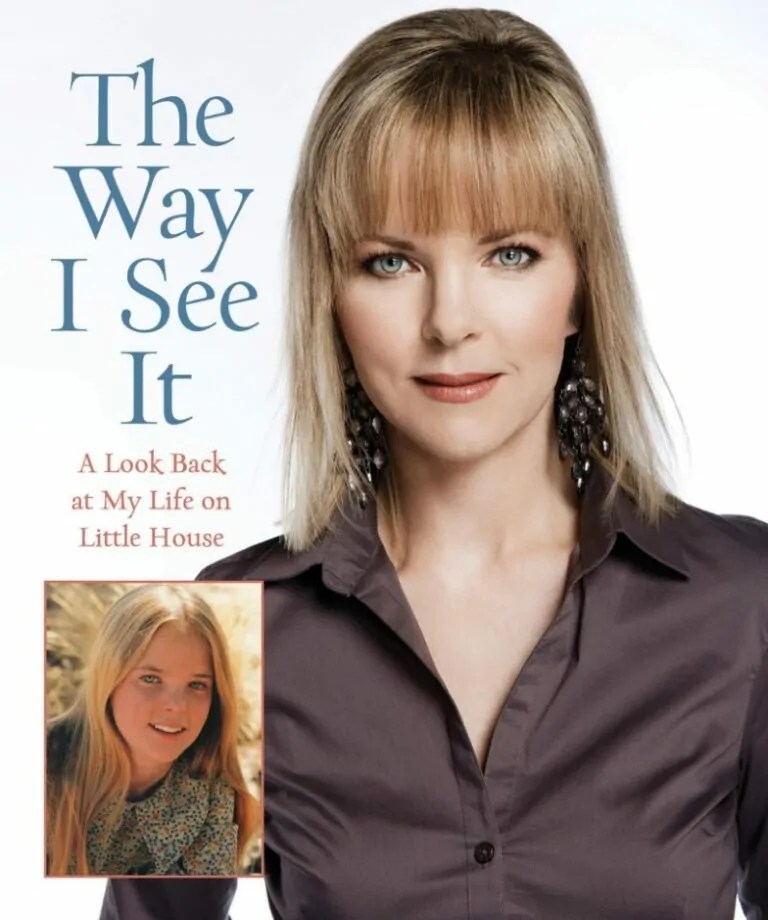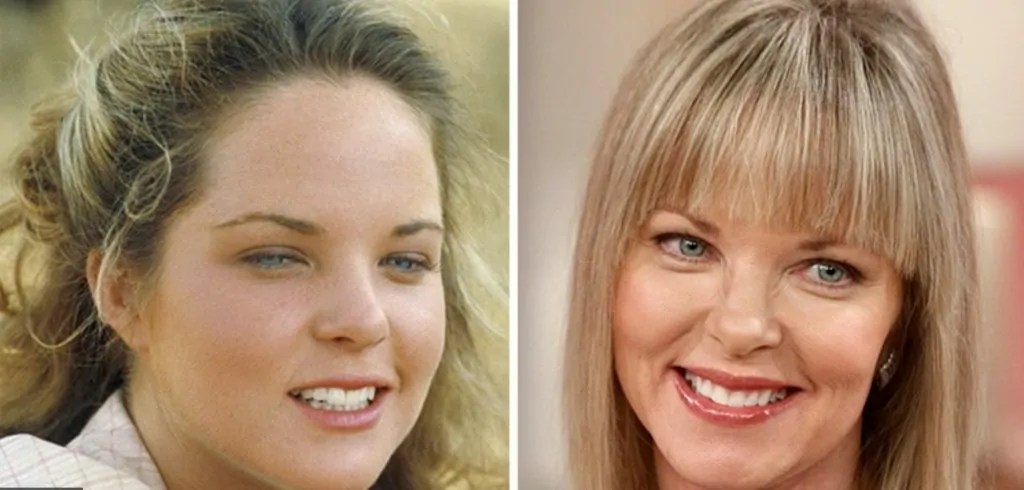Melissa Sue Anderson was born on September 26, 1962, in Berkeley, California, USA. She is an actress, best known for playing Mary Ingalls in the TV show “Little House on the Prairie” in the late 1970s and early 1980s.
Melissa Sue’s net worth is not known, but in late 2018, it was estimated to be $1.5 million. This came from her successful career in acting, including various films and TV projects.
Melissa Sue started her entertainment journey when her family moved from San Francisco to Los Angeles when she was young. Her parents divorced when she was 13, and she was mostly raised by her Roman Catholic mother.

While taking dancing classes, her teacher suggested finding an agent for her. This led to Melissa Sue appearing in ads like Mattel and Sears commercials. She got TV offers, including a guest role in “Bewitched” and a part in “The Brady Bunch.” These opportunities eventually led to her role in “Little House on the Prairie.”
After leaving the show in its seventh season, she earned a nomination for her role in the horror film “Happy Birthday to Me.” Melissa Sue then appeared in shows like “The Equalizer,” “Murder, She Wrote,” and “CHiPs.” She also tried production, working as an associate producer on a 1990 TV episode.

In 1998, she was inducted into the Western Performers Hall of Fame and starred in the TV sitcom “Partners” the next year. Later in her career, she did less acting, with one of her last TV roles in the 2006 miniseries “10.5 Apocalypse.”
In 2014, she had an uncredited role in “Veronica Mars.” Melissa Sue wrote her autobiography, “The Way I See It: A Look Back at My Life on Little House,” sharing behind-the-scenes stories.
The family moved to Montreal in 2002 and became Canadian citizens in 2007. Melissa Sue stepped back from acting to be a stay-at-home mom and take care of her family. In an interview, she mentioned that one of her challenging roles was when her character went blind in the fourth season of “Little House on the Prairie.”
